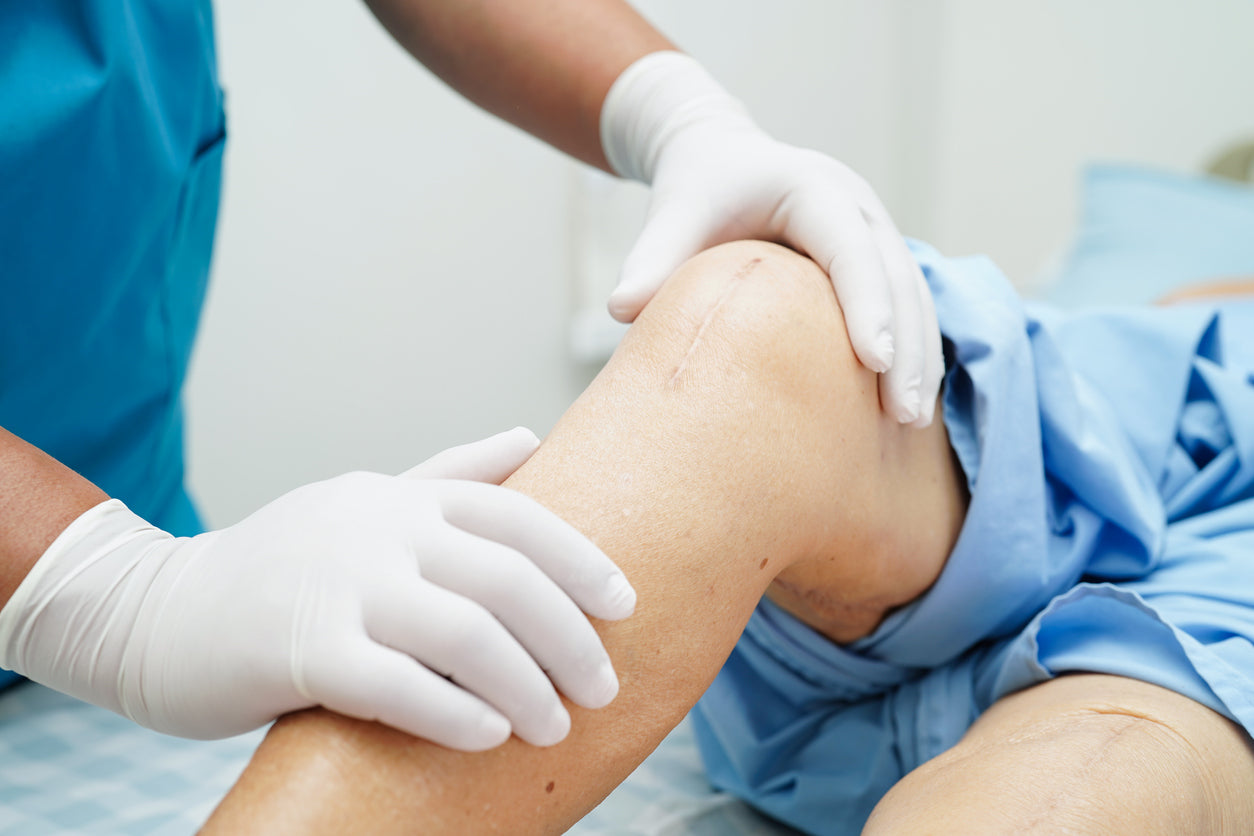Accelerating Recovery After Total Knee Replacement with Hyperbaric Oxygen Therapy
Accelerating Recovery After Total Knee Replacement with Hyperbaric Oxygen Therapy
A total knee replacement (TKR) is a significant surgical procedure aimed at relieving pain and restoring function in a damaged knee joint. While the surgery can lead to substantial improvements in mobility and quality of life, the recovery process can be challenging. Hyperbaric Oxygen Therapy (HBOT) has emerged as a valuable adjunctive treatment for accelerating healing and reducing swelling, inflammation, and pain following a total knee replacement. Here’s how HBOT can enhance your recovery journey.
How HBOT Supports Post-Surgical Healing
Enhanced Oxygen Delivery for Tissue Repair
One of the primary benefits of HBOT is its ability to increase oxygen delivery to tissues. During HBOT, you breathe pure oxygen in a pressurized chamber, which allows oxygen to dissolve directly into the bloodstream and reach areas of the body that are deprived of adequate oxygen due to injury or surgery.
How HBOT Helps:
Reduction of Swelling and Edema
Swelling, or edema, is a common issue following knee replacement surgery. It occurs due to the accumulation of fluid in the tissues around the surgical site. Excessive swelling can impede recovery and contribute to discomfort.
How HBOT Helps:
Alleviation of Pain and Inflammation
Pain and inflammation are common post-surgical issues that can hinder the recovery process and affect your overall comfort. Managing these symptoms effectively is crucial for a successful rehabilitation.
How HBOT Helps:
Benefits of HBOT for Total Knee Replacement Recovery
Faster Recovery Time
Incorporating HBOT into your recovery plan can lead to a more efficient healing process. The enhanced oxygen delivery accelerates tissue repair and reduces the time needed for the body to recover from surgery.
Improved Functional Outcomes
By reducing swelling, pain, and inflammation, HBOT can improve your overall functional outcomes. This can lead to better mobility, increased range of motion, and a smoother transition to physical therapy and rehabilitation.
Enhanced Post-Surgical Comfort
HBOT can help make the recovery period more comfortable by addressing common post-surgical symptoms such as pain and swelling. This can lead to a more positive overall experience and greater satisfaction with the surgical outcome.
Integrating HBOT into Your Recovery Plan
Consult Your Healthcare Provider
Before starting HBOT, consult with your surgeon or healthcare provider to ensure that it is appropriate for your specific condition and recovery plan. They can provide guidance on the number and frequency of sessions needed.
Adhere to the Treatment Plan
Follow the recommended HBOT regimen to maximize its benefits. Consistency in treatment is key to achieving the best results and supporting your recovery process.
Combine with Rehabilitation Therapy
HBOT can be used in conjunction with physical therapy and other rehabilitation strategies to enhance your overall recovery. Discuss with your healthcare provider how to integrate HBOT with your rehabilitation plan.
Conclusion
Hyperbaric Oxygen Therapy offers a valuable adjunctive treatment for accelerating recovery after a total knee replacement. By enhancing oxygen delivery, reducing swelling and inflammation, and alleviating pain, HBOT supports a faster and more comfortable recovery process.
If you’re considering HBOT as part of your post-surgical care, contact RX-O2 Hyperbaric Clinics to learn more about how this therapy can help you achieve optimal healing and get back to your daily activities.
Source: International Hyperbarics Association
Information on this website is provided for educational purposes only. It is not intended as a substitute for the diagnosis, treatment, and advice of a qualified licensed professional. This website offers general information and in no way should anyone consider that this website represents the practice of medicine. This website assumes no responsibility for how this information is used. Also note that this website frequently updates its contents, due to a variety of reasons. No statements or implied treatments on this website have been evaluated or approved by the FDA. It is important that you do not reduce, change, or discontinue any medication or treatment without first consulting your doctor. Please consult your doctor before beginning any new program of treatment.

